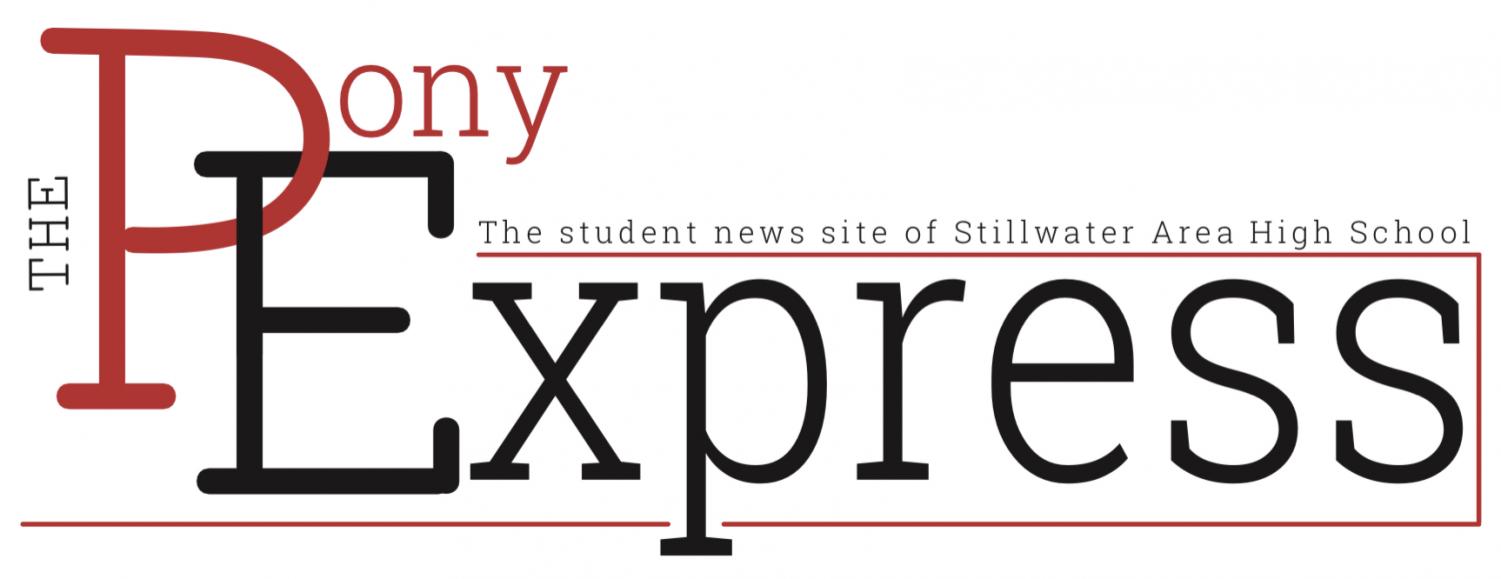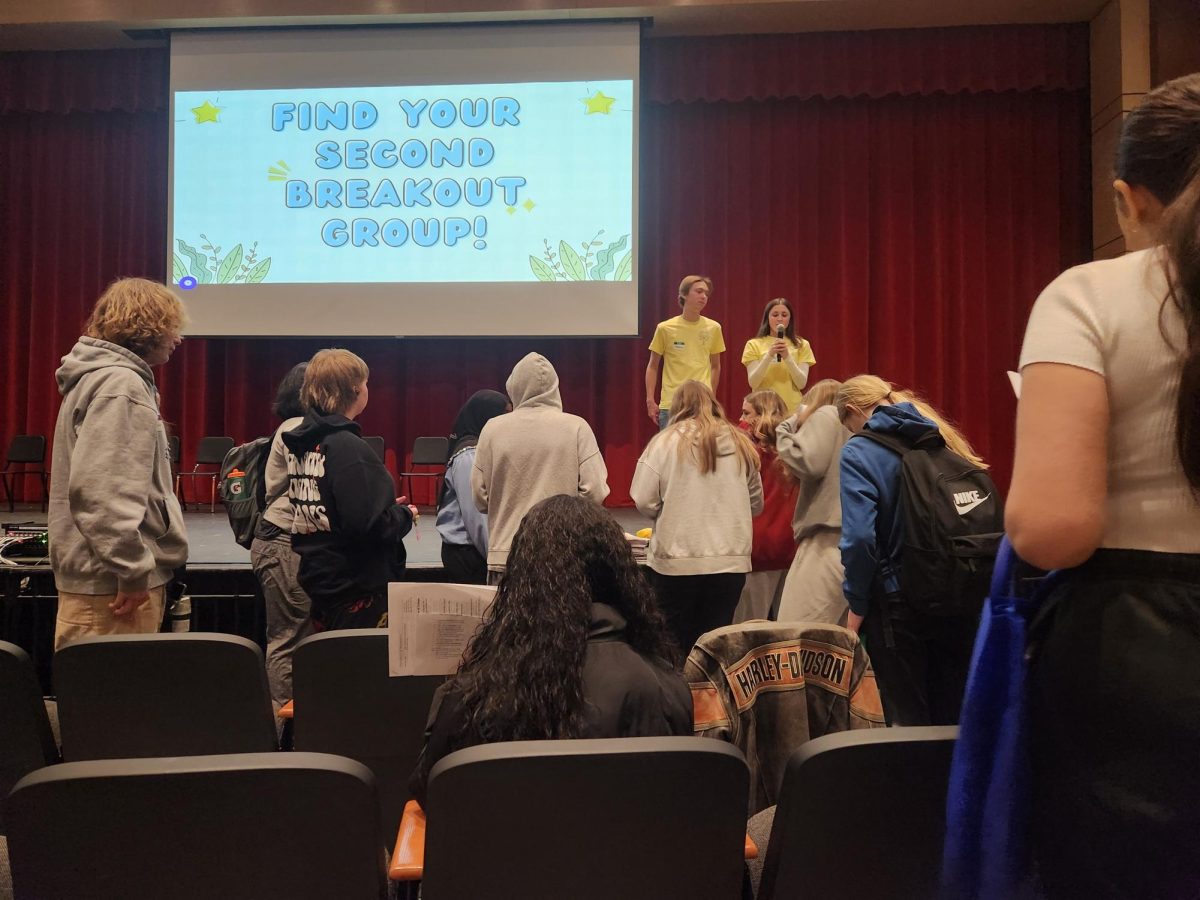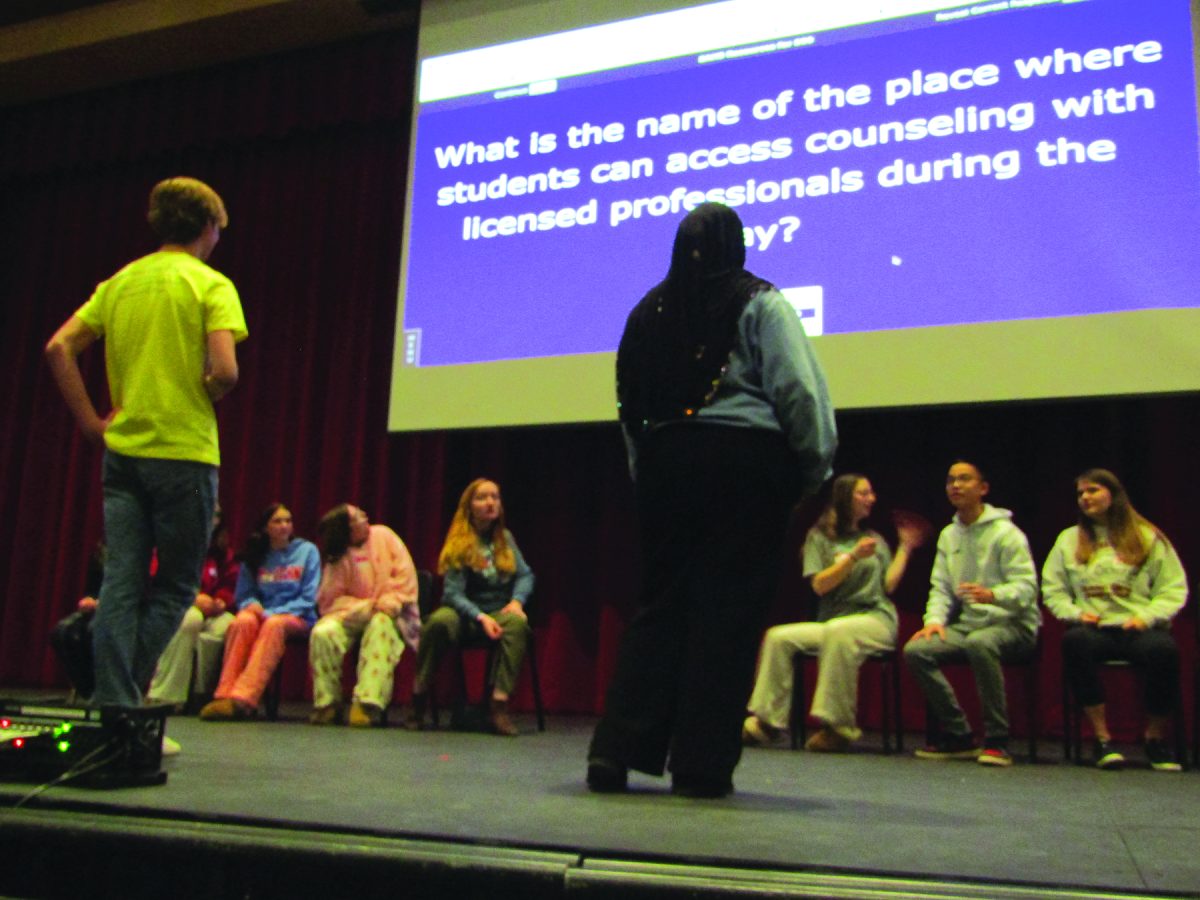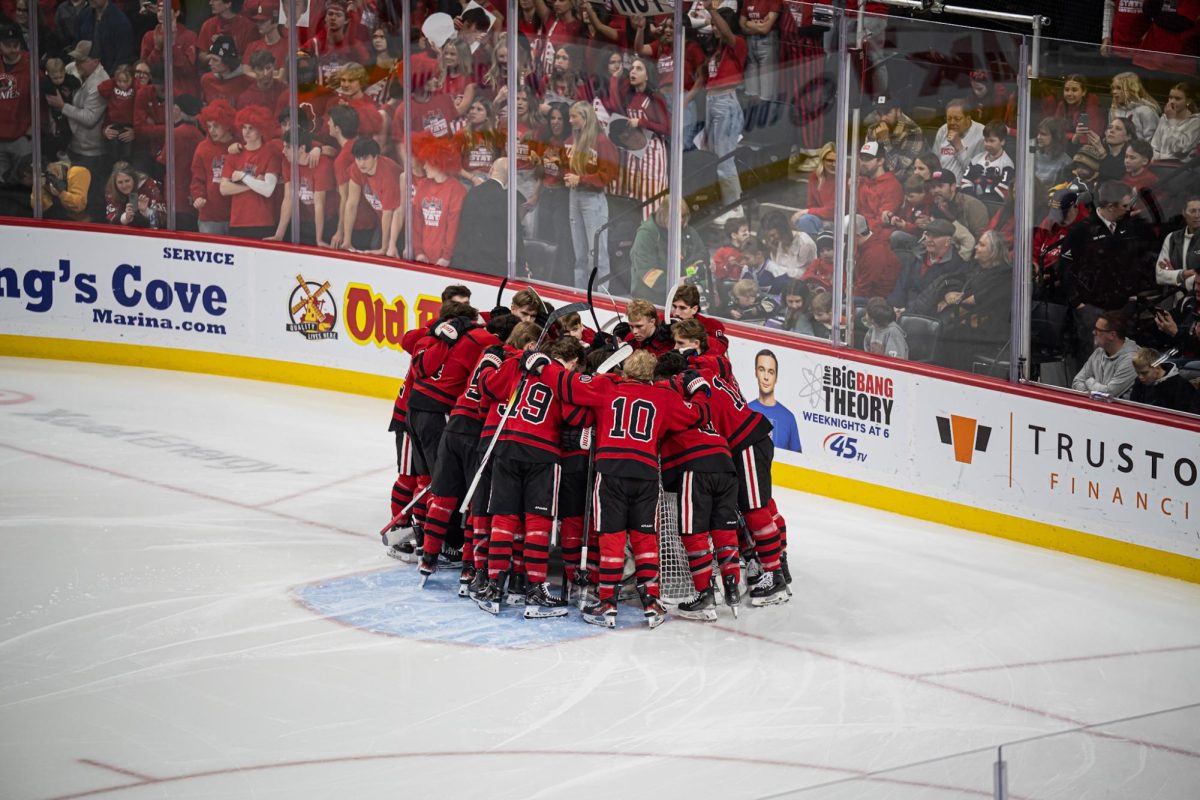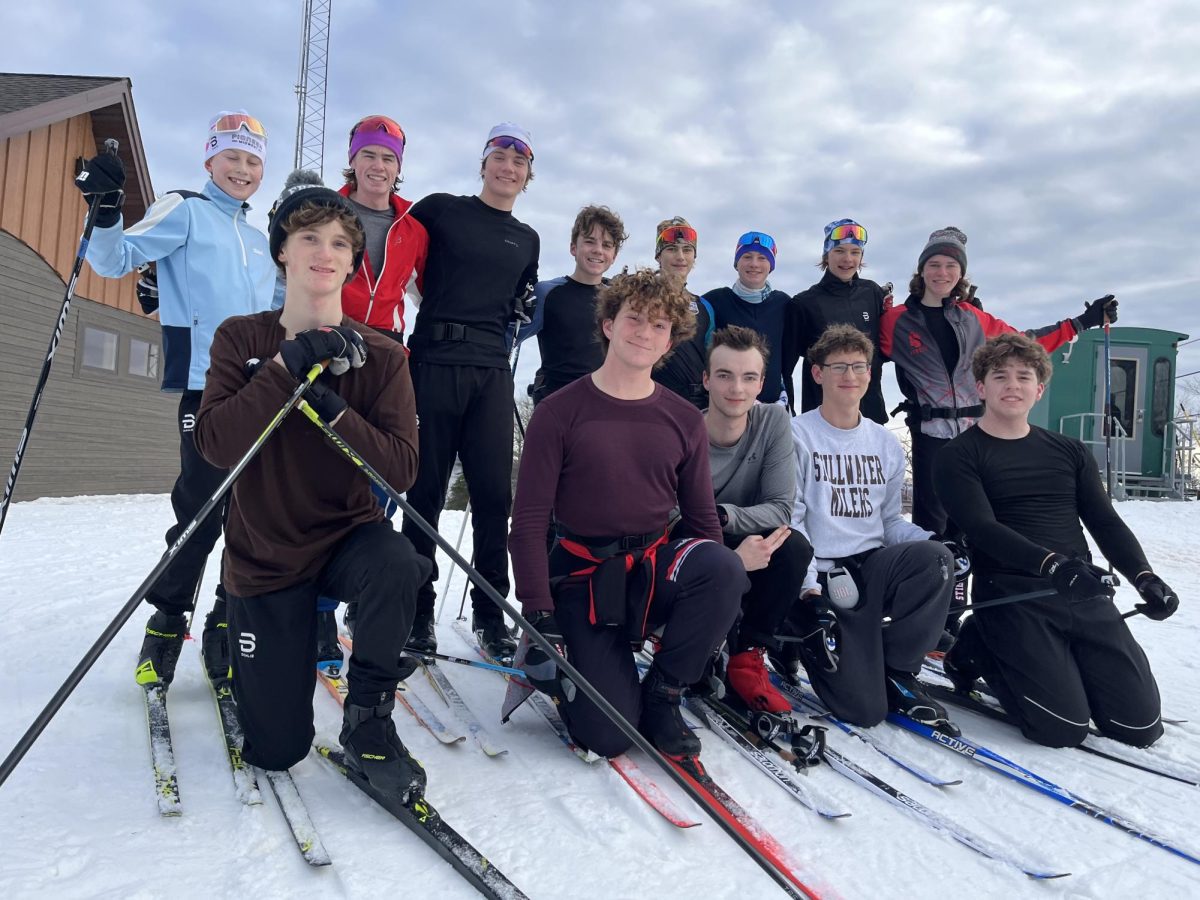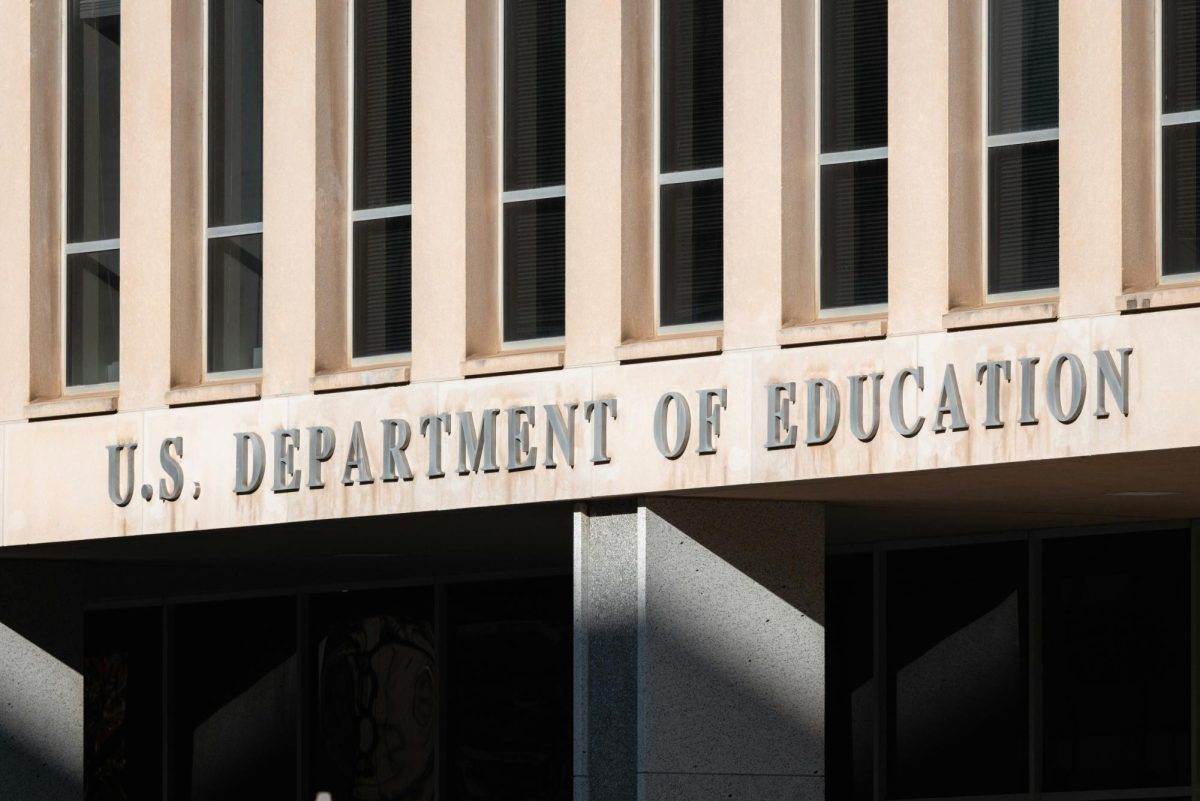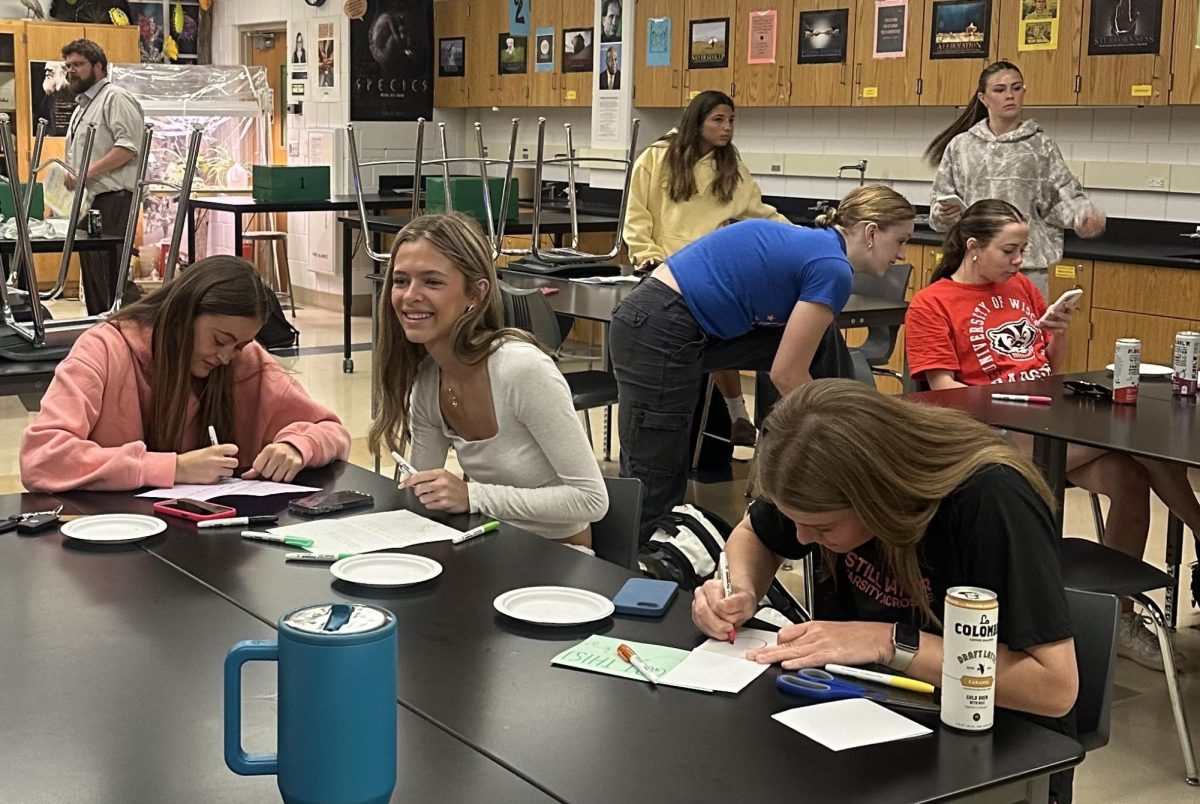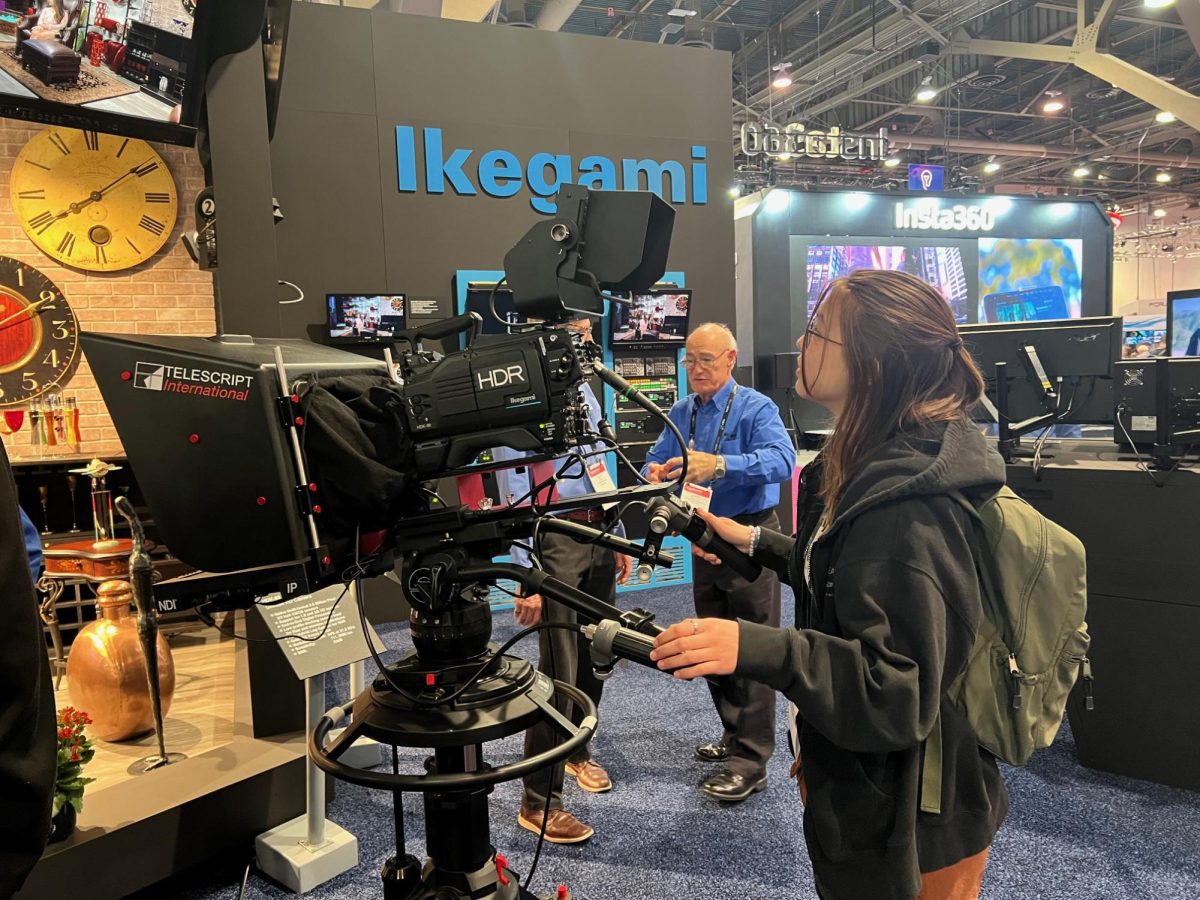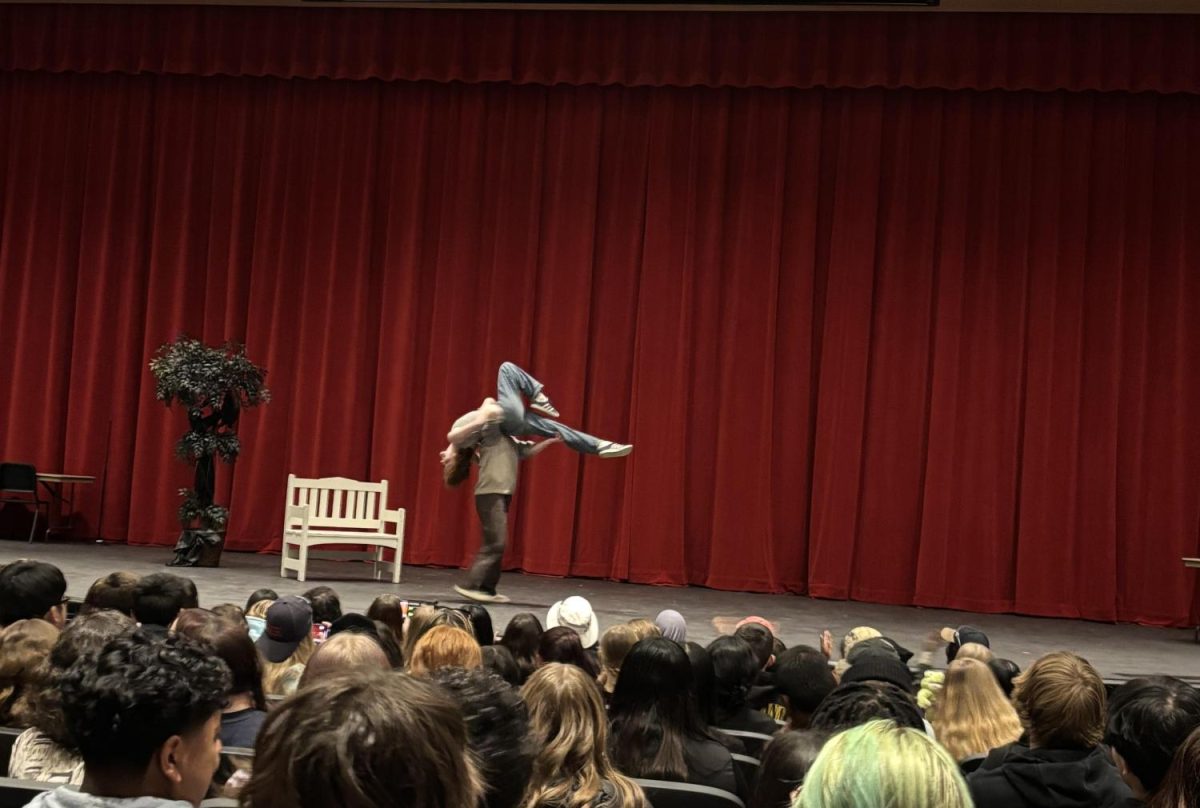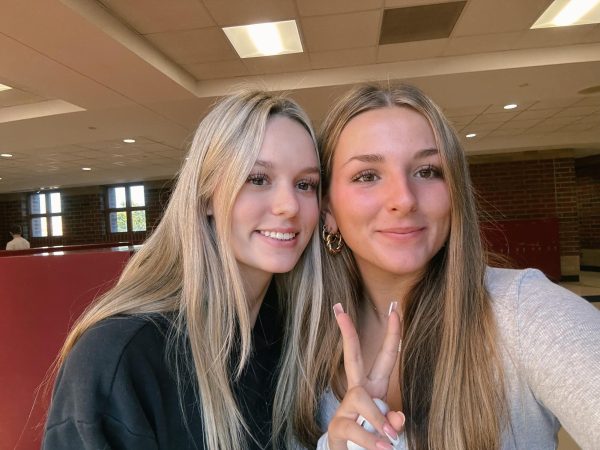Wellness Day, a concept created by the student mental health coalition, was an idea proposed several years ago. What if students got a day off to focus on their emotional learning rather than academics? What if there was a chance for students to engage in an interactive environment with healthcare professionals for a day? Wellness Day turns these hypotheticals into reality.
This year marked its official launch. Founded by English 11 and Mindful Literacy teacher Jill Rusignuolo, Wellness Day took place on Feb. 11 from periods 1-2 and periods 3-4. Effectively, everything was done twice to accommodate two different groups of students. In total, 125 high schoolers attended, most of which being upperclassm
en.
It started with a brief opening disclaimer, and it was then followed up with a game of wellness jeopardy. Ten students were selected to participate via raffle on two teams of five, and the winning group received Stanley tumblers.
Afterwards, students had two small-group talks with different personally selected instructors. Once discussions wer
e wrapped up, fairly awesome goody bags were distributed. Wellness Day T-shirts, post-its, stickers, fidgets, nutrition guides and question cards were given to all participatory individuals who took the leap of faith to attend the first ever Wellness Day.
“We want to be very responsive to the specific needs of this building. I don’t believe that a lot of mental health programming should be plug and play, or that outside agencies or curriculums are going to be really fine tuned to the very specific needs of our high school, its size, i
ts location, and its demographics,” Rusignuolo said. Thus, a select group of instructors was needed for the best engagement.
It would be wrong to state that Wellness Day was not a project entirely made possible by generosity. Each of the nine speakers who attended the event were all volunteers teaching of their own volition. A special thanks should go out to Margie Schmid, Dr. Ashley LaBore, Dr. Tai Mendenhall, Lydia Beck, Kelsey Reardon, Maureen Sanderson, Alissa Obler, Jen Sletten and Sydney Piras for their contributions in that regard. The Pathways Program also assisted the student mental health coalition by connecting them with a lot of these kind folks, and the Partnership Plan was able to financially support the entire event, goody bags and all. However, not all of Wellness Day’s development should be accredited to adults and corporations.
Numerous high schoolers stood up and helped organize everything as a means to make the event thrive. Whether it be from folding T-shirts to packing bags in a Henry Ford-like fashion, a great deal of commitment was displayed amongst the student body. This persistence can also be largely attributed to the two students who spent countless hours sifting through sheets, forms, goodies and doing copious amounts of monotonous work. Those who worked hard were seniors Matthew Eviston and Julianne Kurth.
When asked what materials were needed for Wellness Day, Eviston did not hesitate to respond with “brain power.”
“The broad spectrum of different things really needed to be accomplished, because if a certain thing doesn’t fit into a certain student’s niche of what they want to explore, it’s not going to be a good experience for them,” Eviston said.
All of the brain power must have really been worth it because many students ended Wellness Day feeling delighted by the experience. Among which, junior Ashlyn Taylor speaks, saying that she would do it again and again if she had the opportunity.
“One of the [instructors] I went to was this woman named Lydia Beck, and she was talking about the post-high school experience and how to transition into college, which is pretty useful for, you know, most people at the school, and I feel like everyone can get something out of that, even if it’s just like finding ways to reduce your anxiety. Even if you have everything basically figured out,” Taylor remarked.
As for the possibility of another Wellness Day, time will tell. The success of the first one was certainly an incredible feat, but it took a lot of work to organize. There are paths to pursue further development, but no guarantees.


